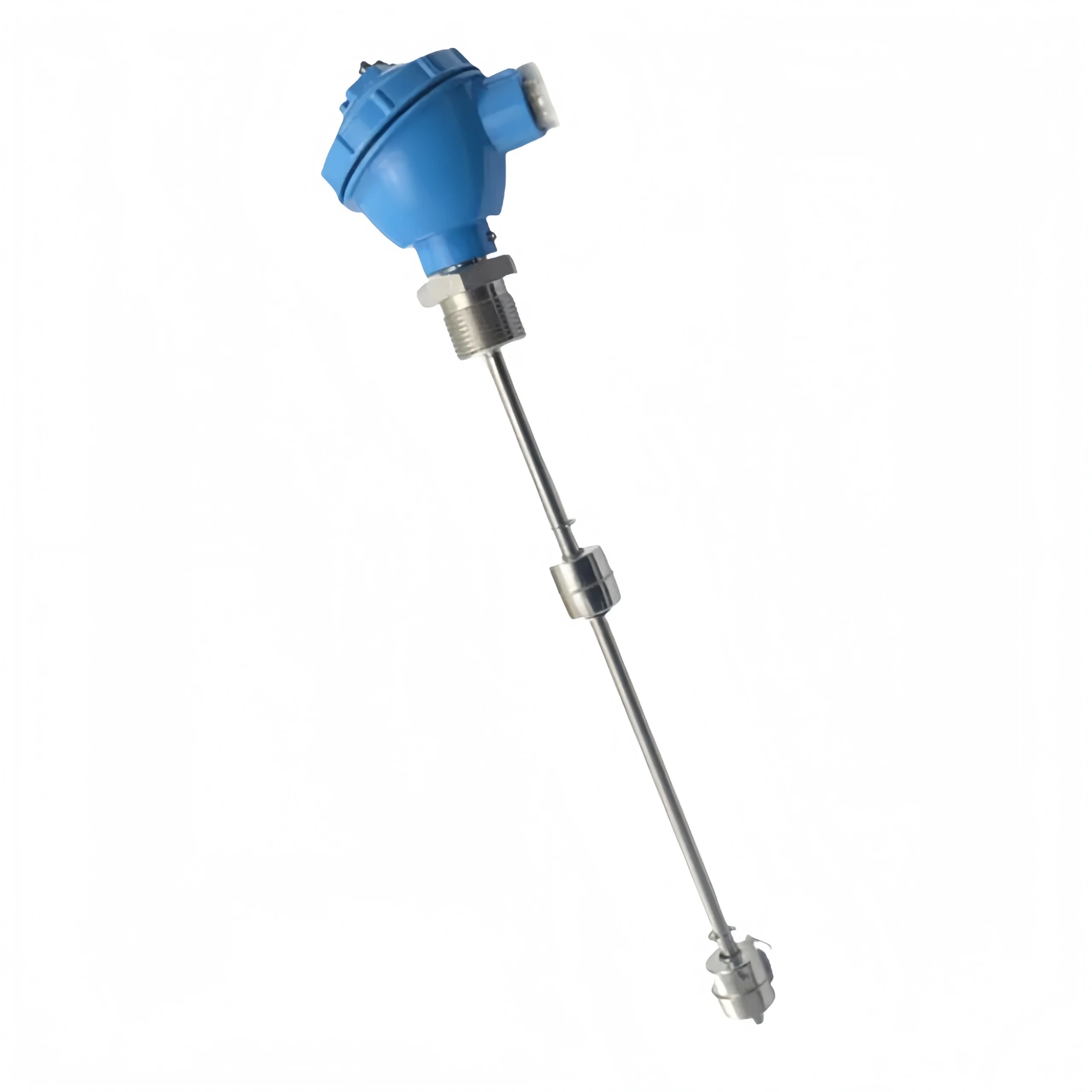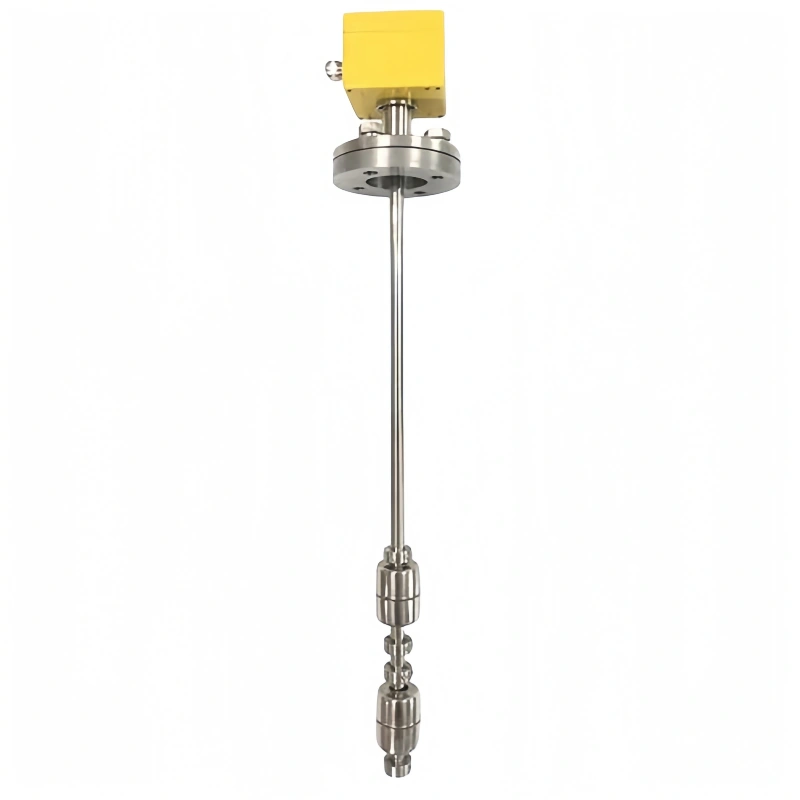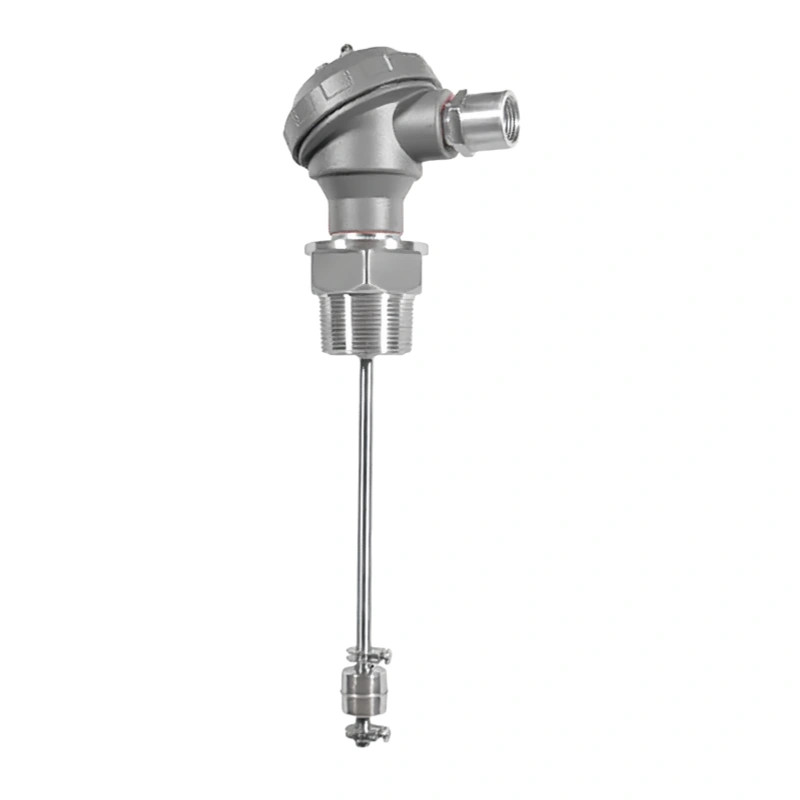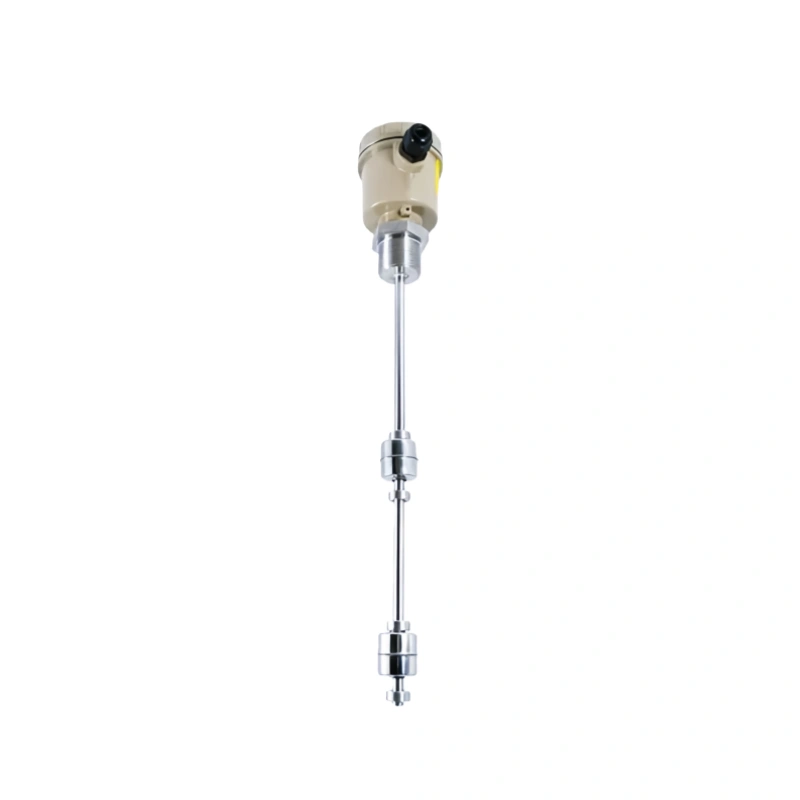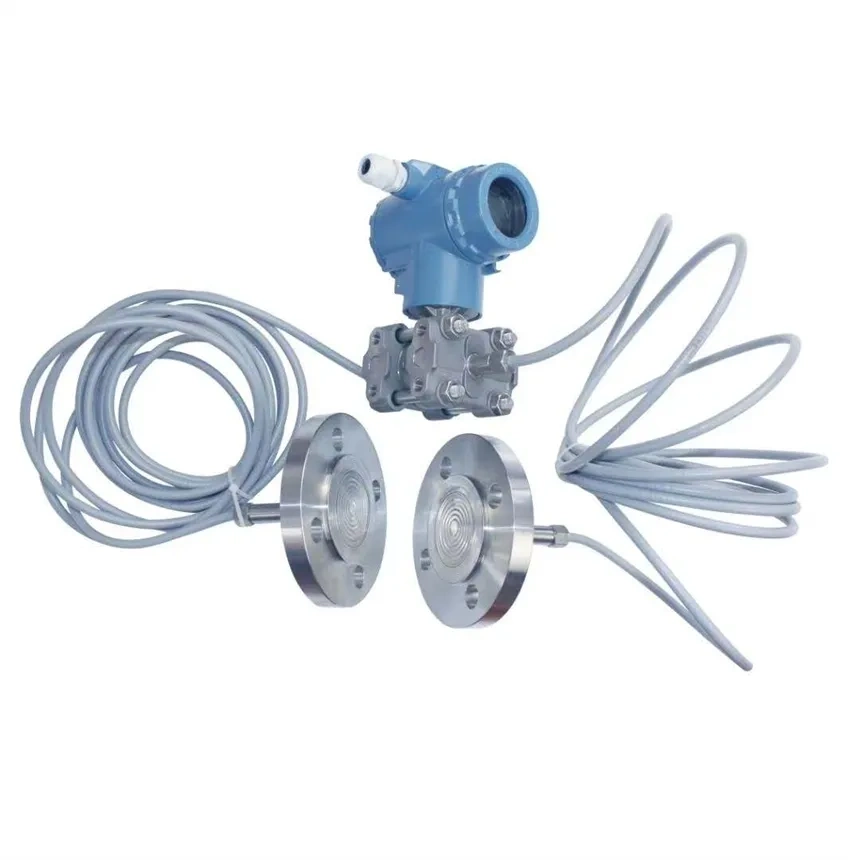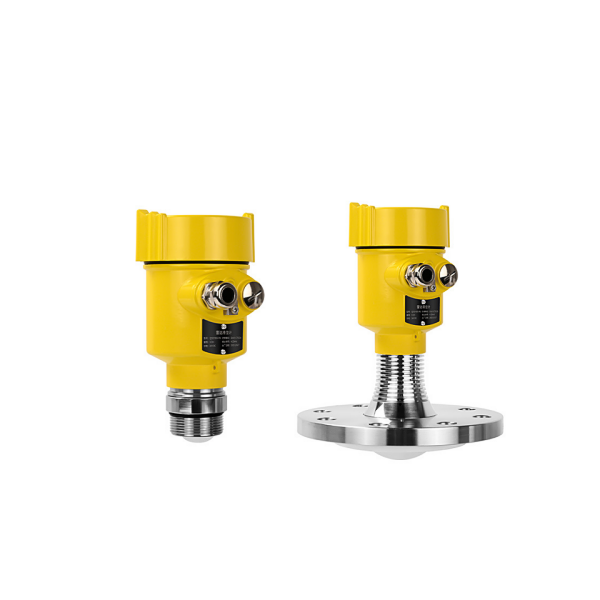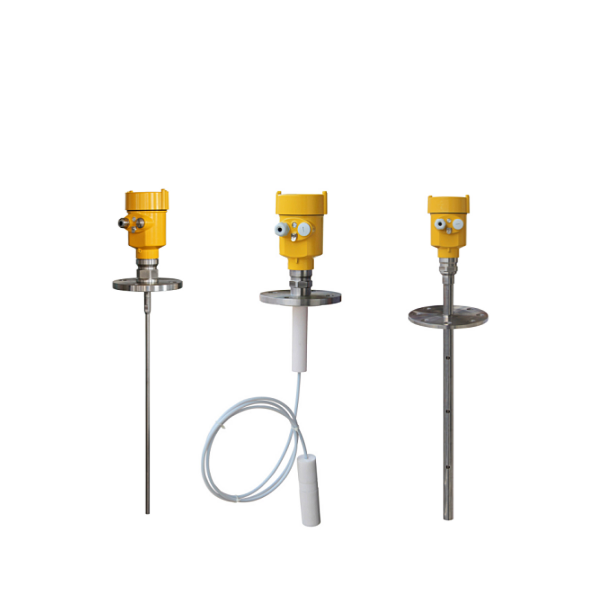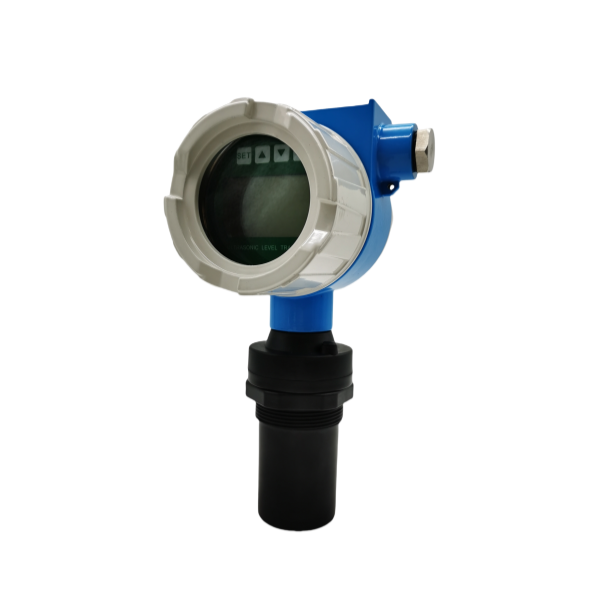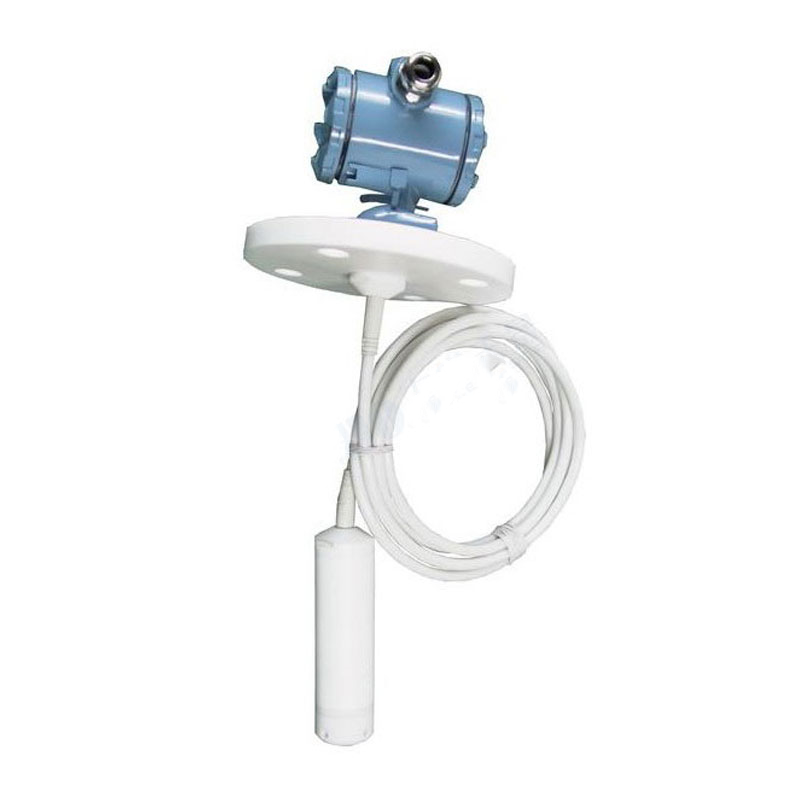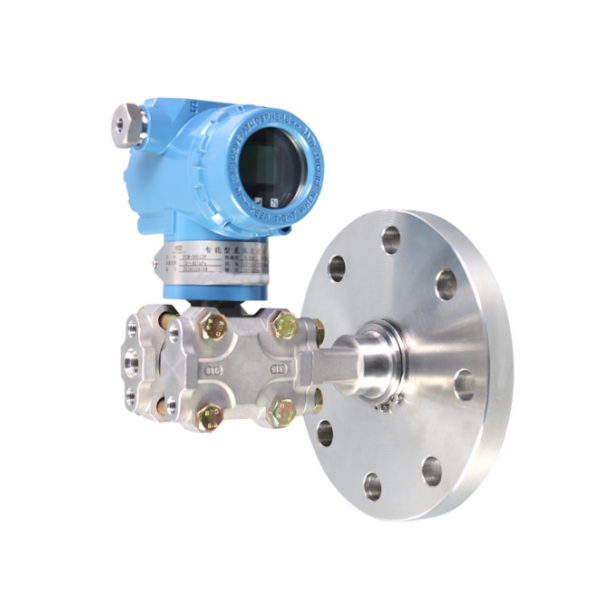The Difference Between a Float Level Sensor and a Float Level Switch
Working Principle:
Float Level Sensor
The float is a hollow metal ball, which is installed on the container through a connecting flange (or threaded, sanitary clamp). The float floats above the liquid surface. When the liquid level in the container changes, the float also moves up and down. The mechanical structure of the float level meter converts the displacement of the float into the rotation of the shaft through the connecting rod mechanism. Then the liquid level height is converted into an electrical signal through the conversion device.
The conversion device is a circular sliding wire rheostat. The angular rotation of the float shaft causes the resistance value of the sliding wire rheostat to change. After being processed by the transmitter, the current signal corresponding to the liquid level is output. The actual height of the liquid is displayed through the display instrument to achieve the purpose of liquid level monitoring.
Sino-Inst’s float level meter uses a float with annular magnetic steel. The float rises and falls with the liquid level, causing the reed resistor combination module in the main pipe to be attracted in turn, and the resistance value changes continuously, which is converted into a 4- 20mA current signal output through a special conversion module. It can be directly connected to the control system or combined with an intelligent control instrument to achieve measurement and alarm control of the on-site liquid level.
Float level switch
In a closed metal case, set one or more reed switches. Then pass the tube through one or more hollow floats with ring magnets inside. Use a fixing ring to fix the float in the range related to the reed switch. When the float moves, the magnet inside it attracts the reed switch contacts to act as a control or indication of the liquid level. Simply put, the float level controller is a switch that changes with the high and low liquid levels.
Structure
The float level sensor is mainly composed of a float assembly and an electronic conversion circuit. The structure of the float level sensor is mostly a magnetic float on a straight rod. By moving the magnetic float up and down, the reed switch magnetic switch is opened and closed. The purpose of the series resistance value is to increase, and the electrical signal is proportional to the resistance. The larger the resistance, the larger the signal, and the more accurate the measured value.
The float level switch is composed of a float assembly, a micro switch assembly and a shell. Its structure is simpler.
Price
The structure of the float level sensor is relatively more complicated, so the price of the float level meter is also more expensive.
Among similar products, the float level switch is a low-priced product. Customers who have high requirements for the cost of use can consider this.
Functional attributes
The float level sensor can output a continuous current signal. Equipped with a display, it can display the liquid level in real time. It can be combined with an intelligent control system to achieve the purpose of accurate measurement.
The float level switch has a simple structure. The signal can only be turned on or off when the liquid level reaches a certain point. Thus, a switch signal is sent to achieve the purpose of liquid level control.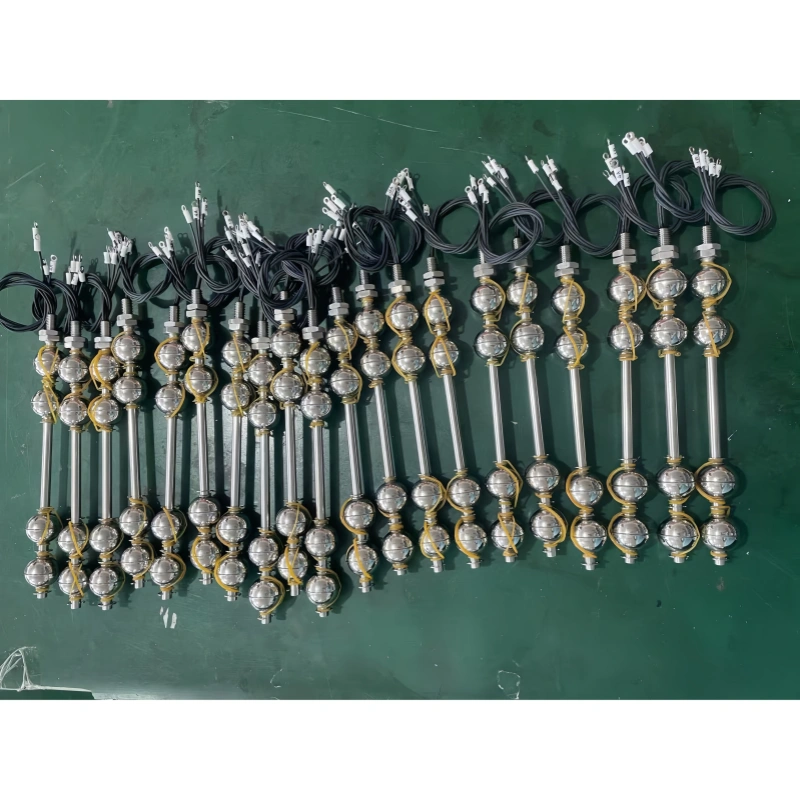
What Happens If the Float Level Switch Fails?
| NO. | Fault phenomenon | Cause Analysis | Troubleshooting methods |
| 1 | Float does not move | 1. Liquid specific gravity is less than float specific gravity 2. Float leaks 3. Foreign matter is stuck in float |
1.Reconfirm the specific gravity of the float 2.Contact our company to replace the float 3.Remove foreign matter |
| 2 | Float moves, but no signal output | 1. Float position is offset 2. Reed switch is damaged |
1.Adjust the position of the float 2.Replace the reed switch |
| 3 | Signal output is abnormal | Magnetic field interference nearby | Eliminate the magnetic field |
| 4 | Signal is maintained and cannot be restored |
Float cannot return, foreign matter is stuck | Remove foreign matter |
| 5 | Two signals are output at one point | Ring position moves | Adjust the position of the ring |
| If it is not the above fault, please send an email to our company. Our technical staff will answer your questions. | |||

